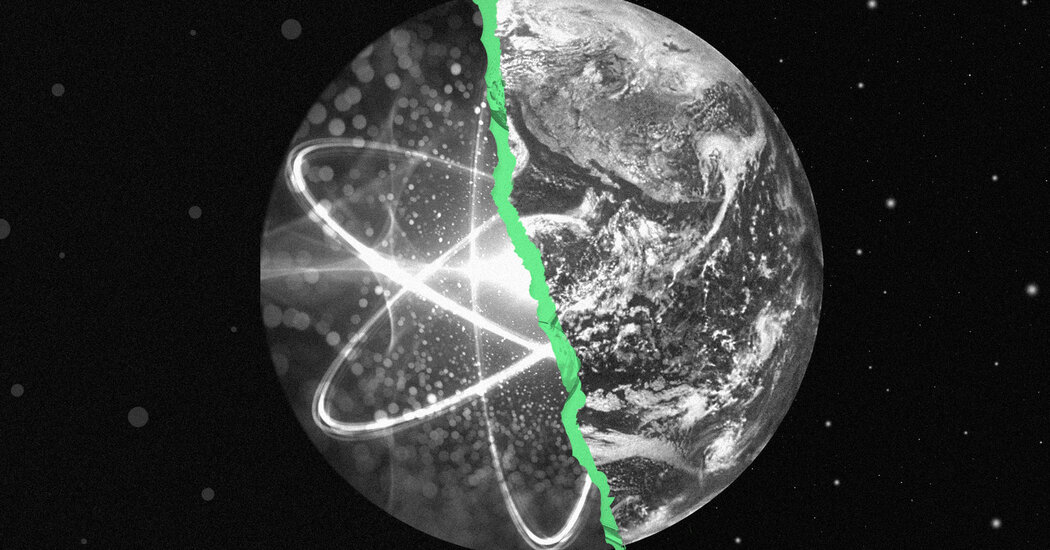
Another major obstacle for nuclear power is its price: Nuclear plants cost billions of dollars to build, making them one of the most expensive sources of electricity. Solar panels, by contrast, now generate the cheapest electricity in history — so cheap that new solar projects, building costs included, can now compete with existing nuclear plants.
“What is remarkable about these trends,” a report on the nuclear industry found last year, “is that the costs of renewables continue to fall due to incremental manufacturing and installation improvements while nuclear, despite over half a century of industrial experience, continues to see costs rising.”
That explains in part why France’s reliance on nuclear power remains such an outlier. “No country has managed to develop a safe, successful, economically competitive nuclear power industry in a market-based environment,” Naomi Oreskes, a Harvard historian, said last year. “This tells us that nuclear power is unlikely to be successful in market-based economies. It may work in China, but it is unlikely to work in most other places.”
Nuclear power proponents say its economic problems can be solved. Putting a price on carbon pollution so that fossil fuels reflect their true environmental cost, for example, could help make nuclear power competitive with natural gas, as could advances in reactor designs. Last year, the Department of Energy announced that it would fund the development of two such designs, including one championed by Bill Gates.
But carbon taxes have so far proved a political nonstarter in the United States, and an analysis from the Union of Concerned Scientists in March found that so-called advanced reactor designs “do not offer obvious improvements” over current technology, could pose novel safety risks and will likely take decades to achieve commercial viability. Advances in battery technology that could solve the long-duration storage problem of renewables, on the other hand, appear closer on the horizon.
Perhaps most important, nuclear power plants take much longer to build than renewable energy projects. Since the Three Mile Island accident in 1979, the construction time for most reactors in the United States has exceeded 10 years, Allison Macfarlane notes in Foreign Affairs. If the United States hopes to meet its emissions reduction targets, it can’t afford to wait that long.
“We need strong government support of noncarbon-emitting energy technologies that are ready to be deployed today, not 10 or 20 years from now,” she writes. “We have run out of time.”


Average Rating